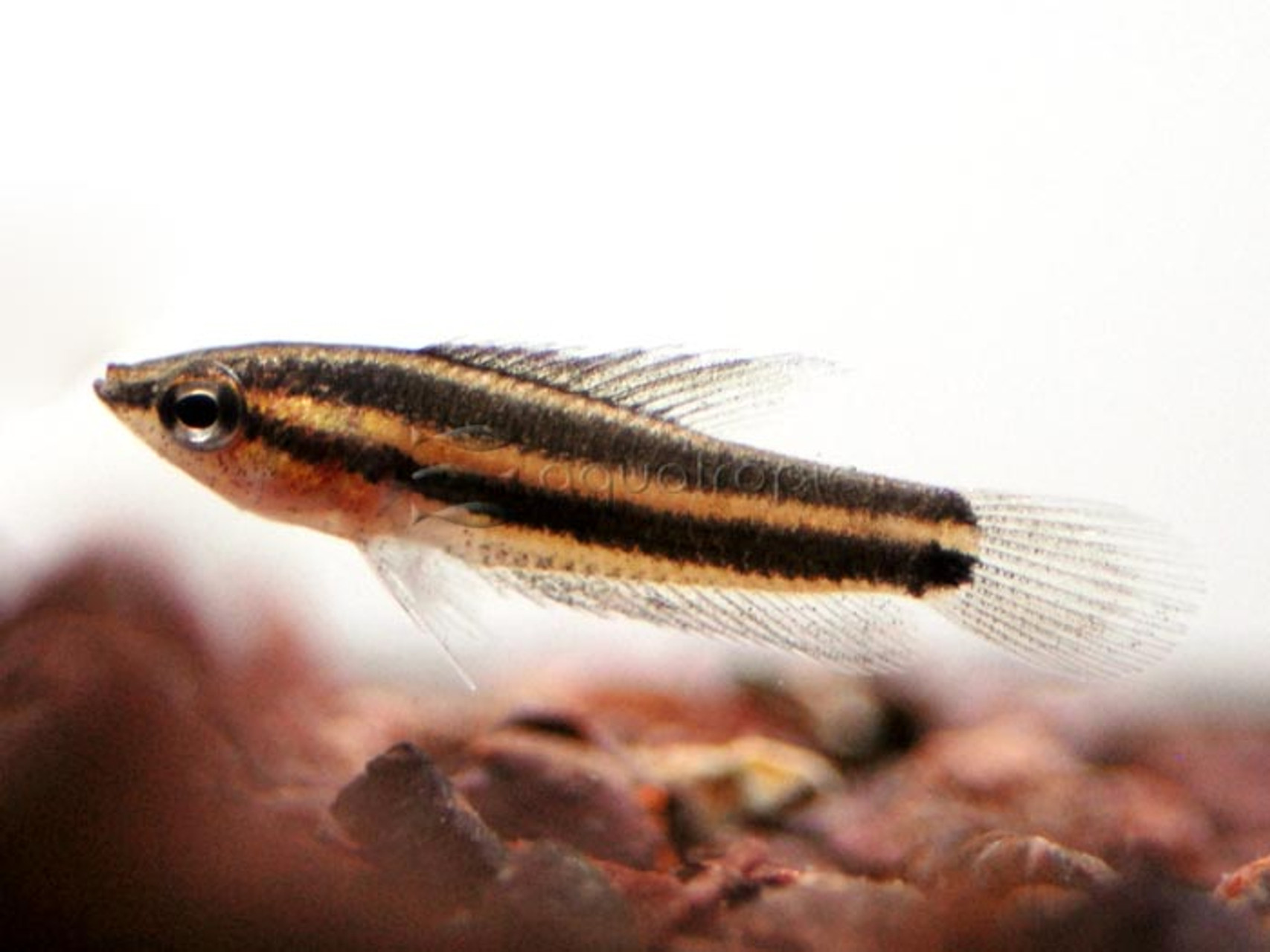Licorice Gourami (Parosphromenus sp.)

Unlike black licorice “candy”, which is objectively disgusting, the beautiful little Parosphromenus gouramis are quite delightful, provided that their significant care requirements are met. For the ill-prepared aquarist who fails to meet these, the challenges this fish can present might quickly leave a bad taste in one’s mouth (again, like black licorice, which is truly awful… why do people eat that stuff?).
Parosphromenus is a rather poorly known group, both to aquarists and researchers; however, within the gourami family, it is second only to Betta in terms of its species-level diversity. There are presently 20 recognized species in this genus, but the true biodiversity may be twice this number. Their distribution in the islands of Southeast Asia, along with their poor dispersal abilities and specific habitat requirements, have created a highly fragmented landscape that has led to extensive speciation.
The first of these little gouramis to be discovered was P. deissneri, which was named in 1859 from the little-known island of Bangka, which lies off the tip of peninsular Malaysia and to the east of Sumatra. It would be nearly a century until the next species was given a scientific name, and, in recent decades, the group has seen a drastic increase in size, with each new species limited to its own small part of this region.
Identifying Licorice Gouramis to species is no easy feat. Females of most are indistinguishable, sharing highly similar patterns of black stripes against a light body, and so it is instead the dramatic male coloration that is relied upon to tell these fishes apart. Aquarium references will often refer to just a single species, P. deissneri, but this is simply due to it being the most widely cited name in this genus. For the better part of a century, it was the ONLY name in this genus, but putting a name to aquarium specimens requires knowledge of both the mature males patterning and, ideally, its original collection locality.
For those looking to take a deep dive into the topic, the Parosphromenus Project is a wonderful online source of information on this group, and is unquestionably the best resource for learning about their spectacular diversity, as well as expert advice on their specialized care.
As for aquarium care, licorice gouramis come primarily from acidic peat swamps, and benefit from being kept in similar water conditions. This means warm, consistent temperatures, acidic to near-neutral pH, and soft hardness. This is especially true for those wishing to breed these fishes. But commercially farmed specimens are naturally a bit more tolerant of differing parameters, so long as they aren’t wildly dissimilar. An alkaline African cichlid tank would be an especially poor fit for these docile creatures, but a peaceful community tank with clean, neutral-pH water should do well. Gentle filtration, dim light, and dense plants or other natural decor (driftwood, leaves) are components in a good set-up. Of course, the peat swamps that these fishes naturally come from aren’t lush with vegetation, so a proper biotope will focus on providing extensive leaf litter.
Aside from water quality, food is another hurdle to overcome in keeping Parosphromenus. Live foods are strongly preferred in this group, including things like baby brine shrimp (Artemia) or water fleas (Daphnia, Moina) or mosquito and midge larvae. Frozen foods may also be accepted, and, for some, even dry foods. Finding a good mix of diet is critical to successful husbandry, and no single food should be relied upon too heavily.